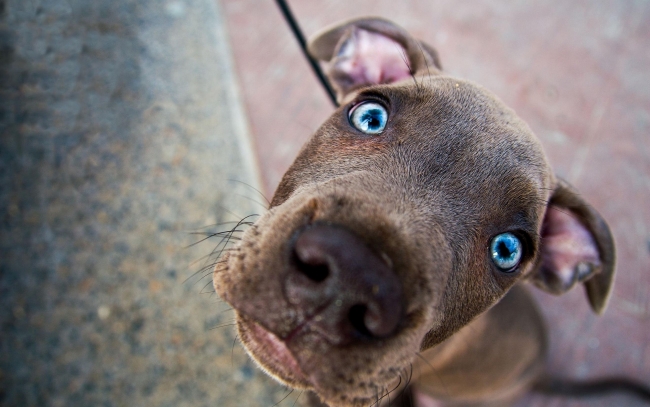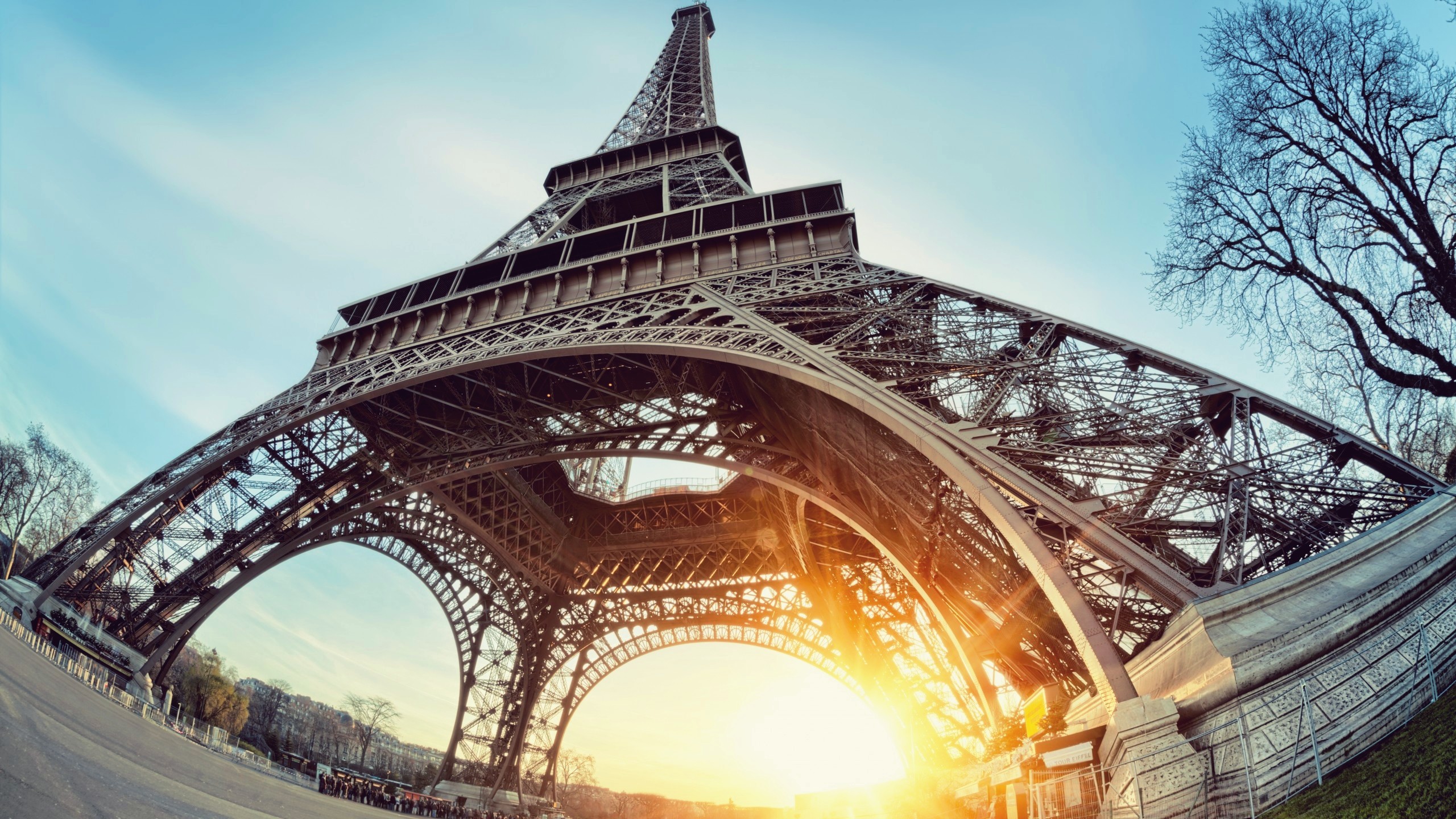HIGH ANGLE : Is when the camera looks down on the subject from a high angle and the point of focus often gets "swallowed up" this effect can make the subject seem vulnerable or powerless when applied with the correct mood, setting, and effects.
LOW ANGLE: Is a shot from a camera angle positioned low on the vertical axis, anywhere below the eye line, looking up.The effect of the low-angle shot is that it makes the subject look strong and powerful.
SLANTED ANGLE: This shows someone, an object or something from an unnatural point of view. This is usually used at films to show things that only the audience can see.
EYE LEVEL SHOT: Is the one which the camera is placed at the subject’s height, so if the actor is looking at the lens, he wouldn’t have to look up or down. Eyelevel shots are incredibly common because they are neutral. They often have no dramatic power, they are ideal for romantiuc, comedies and new castings.
AERIAL SHOT: Is a shot of a scene or photo taken from a higher vantage point than what is being filmed. This gives a greater understanding of what is happening in the scene as you get a 360 degree view
CLOSE UP SHOT: Is a type of shot, which tightly frames a person or an object. Close-ups are one of the standard shots used regularly with medium shots and long shots (cinematic techniques). Close-ups display the most detail, but they do not include the broader scene. Moving in to a close-up or away from a close-up is a common type of zooming.
LONG SHOT: Ttypically shows the entire object or human figure and is usually intended to place it in some relation to its surroundings. These are typically shot now using wide angle cameras. However due to the sheer distance establishing shots and extreme wide shots can use almost any camera type.
MEDIUM SHOT; is a camera angle shot from a medium distance. Are favored in sequences where dialogues or a small group of people are acting, as they give the viewer a partial view of the background and also show the subjects' facial expressions in the context of their body language.
WIDE SHOT: Includes a lot of visual information for the audience to 'set the scene'. . The subject takes up the full frame, or at least as much as comfortably possible.
TWO SHOT: Is a type of shot in which the frame encompasses a view of two people (the subjects). The subjects do not have to be next to each other, and there are many common two-shots which have one subject in the foreground and the other subject in the background. It is very useful if the film is about two people.
POINT OF VIEW: is a short film scene that shows what a character (the subject) is looking at (represented through the camera). It is usually established by being positioned between a shot of a character looking at something, and a shot showing the character's reaction (see shot reverse shot).



)






Cap comentari:
Publica un comentari a l'entrada